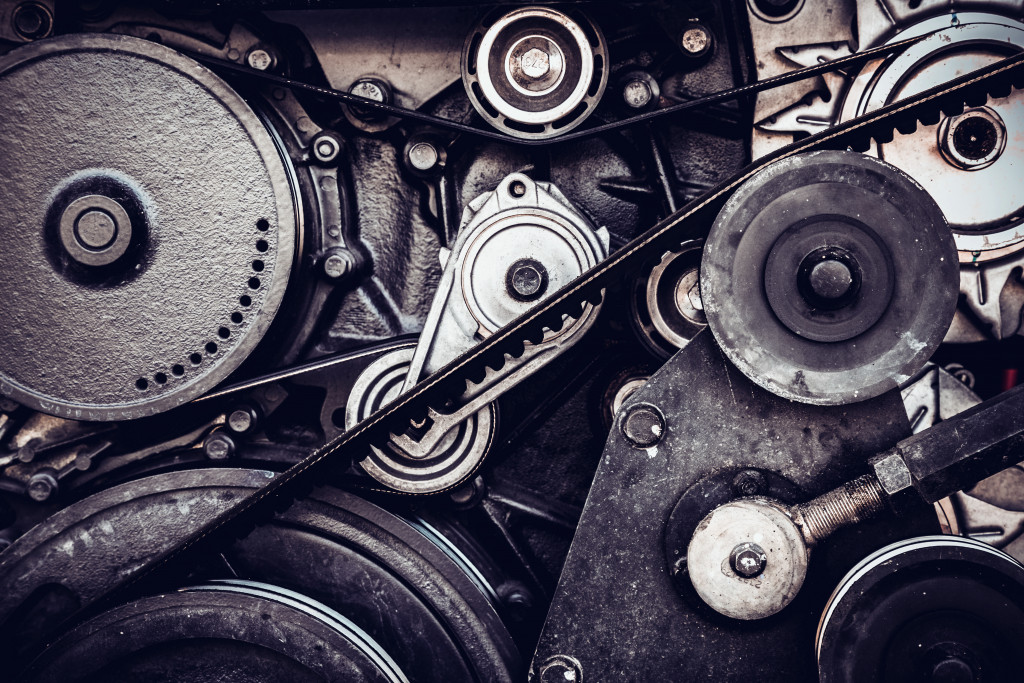Cars are among the highest cost investments most people will make. To this end, maintaining them to guarantee their durability and minimize breakdowns is essential. The other part of the equation lies in getting your car from a reputable car dealership. Most people assume this means an expensive car. Even so, car dealerships stock used vehicles that are in optimal condition and will meet your needs and fit your budget. Moreover, the new cars at the dealership are often far cheaper than in other alternatives.
Buying replacement car parts for when your vehicle breaks down despite your best efforts might be daunting. Most people will opt to leave this task to mechanics even though they are not sure will buy the best rather than the cheapest. Even so, with some know-how of what to expect when purchasing vehicle spare parts, you can handle this task. Here are some tidbits to ease your choice.
OEM Parts
These are the original parts. They are the exact ones that your vehicle comes with from a manufacturer. Your car’s manufacturer often makes them. Even so, they can also be fabricated by third parties who also supply the car manufacturer. These are sometimes classified under replacement parts rather than OEM and are cheaper than the latter. Though expensive, buying OEM parts give you the peace of mind that they are compatible with your vehicle. Moreover, most of them come with a manufacturer’s warranty.
Aftermarket Parts
These are cheap substitutes for OEM parts. They are generally fabricated by companies that buy the original designs from a car manufacturer. Even so, aftermarket parts are at times better compared to the OEM parts. This is because some companies improve the flaws they see in the original design to make the parts work more efficiently than a manufacturer’s. Even so, this difference in design is not always positive. Some aftermarket car parts, especially for luxury brands like Audi or BMW, might damage the components of your car and not fit as well as they should. When considering the parts, base your choice on their quality standards.
Remanufactured Parts
These often apply to car parts that comprise several components like engines. In this case, an engine might have a component or two that is faulty. The owner sells it to a remanufacturer who then replaces the defective parts with new ones before reselling the engine. While a remanufactured part might kick some life into your old car, it at times damages the other components of your new vehicle.
Reconditioned Parts

These are also often used in car components that have several parts. With reconditioning, unlike remanufacturing, the parts will be replaced with used and repaired ones. These are significantly cheaper, but you have no guarantee of how long they will last since they have no warranty. When your goal is to maximize your vehicle’s life, reconditioned parts are a no-no.
Most dealerships only deal with OEM and aftermarket parts. These are your best choices if your car is less than ten years old and still has a lot of life in it. In most cases, remanufactured parts are used by unscrupulous second-hand car dealers.


